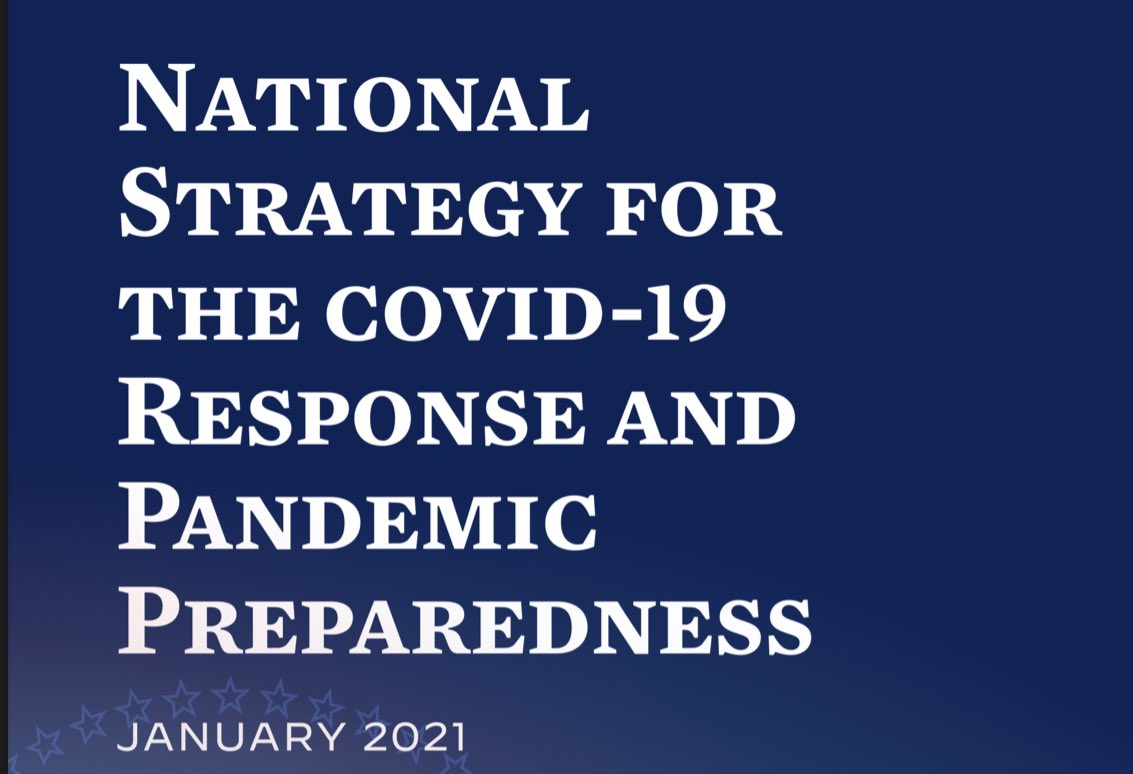
Learning the lessons from disease outbreaks is critical to improving response.
In our commentary for @TheLancet, @syramadad and I reflect on the lessons the U.S. learned responding to Ebola and how they could’ve better informed our #COVID19 response. 🧵
thelancet.com/journals/lance…
In our commentary for @TheLancet, @syramadad and I reflect on the lessons the U.S. learned responding to Ebola and how they could’ve better informed our #COVID19 response. 🧵
thelancet.com/journals/lance…
The key takeaways:
1. Outbreaks always expose the shortcomings in health-care systems.
2. Protecting the health-care workforce should always be a top priority.
1. Outbreaks always expose the shortcomings in health-care systems.
2. Protecting the health-care workforce should always be a top priority.
3. Having a coherent national plan and collaborating with national and international partners are all vital to combating a pandemic.
4. Health experts must be placed at the forefront to educate the public.
5. Training and hands-on, real-life experience are critical.
4. Health experts must be placed at the forefront to educate the public.
5. Training and hands-on, real-life experience are critical.
These 5 lessons learned from the US response to the 2014 Ebola outbreak should’ve better informed our COVID19 response.
An important reminder, as the next pandemic isn’t far off:
“Preparedness is, by definition, proactive. Yet the way we often respond to outbreaks is reactive.”
An important reminder, as the next pandemic isn’t far off:
“Preparedness is, by definition, proactive. Yet the way we often respond to outbreaks is reactive.”
• • •
Missing some Tweet in this thread? You can try to
force a refresh







